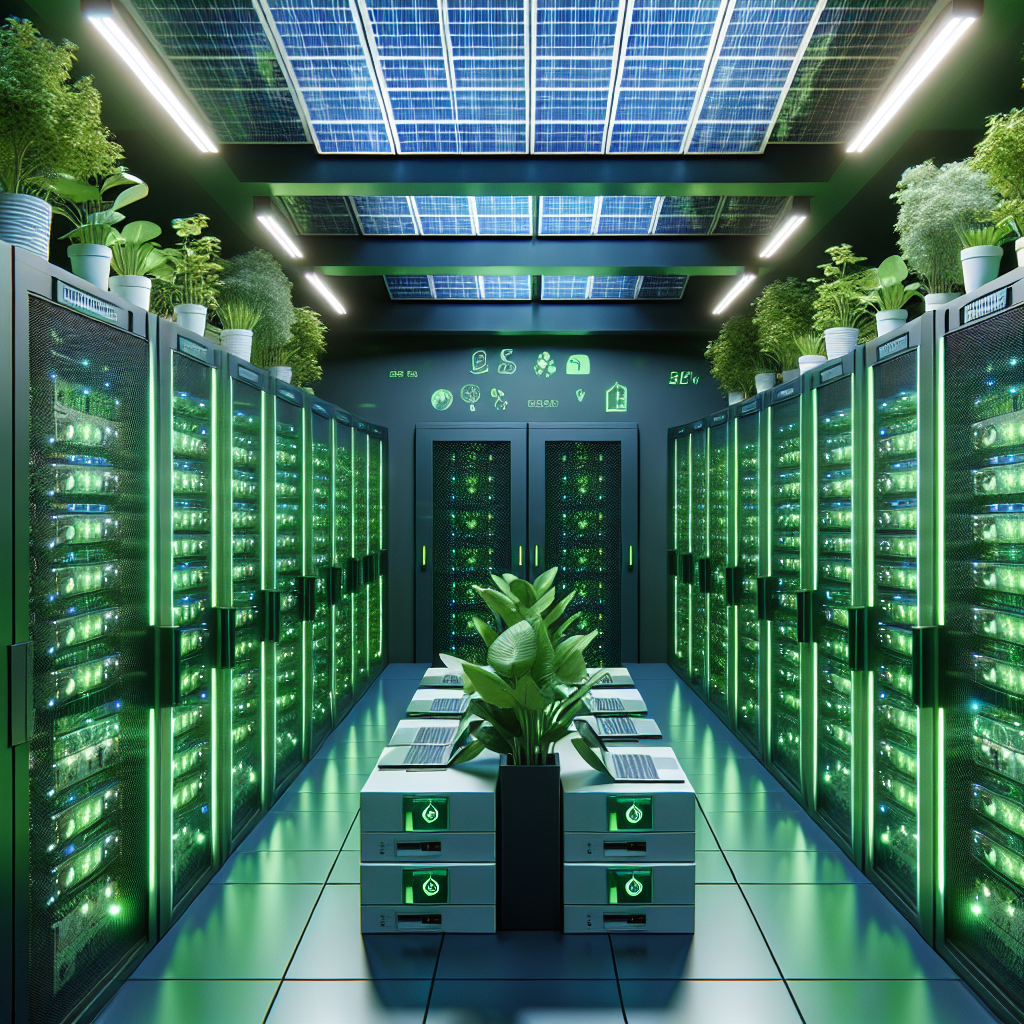Your cart is currently empty!
Greening Your Data Center: Strategies for Energy Efficiency

In today’s digital age, data centers play a crucial role in storing and processing vast amounts of data for businesses and organizations. However, the energy consumption of data centers is a growing concern as the demand for data continues to increase. In fact, data centers are estimated to consume about 3% of the world’s electricity, and this number is only expected to rise.
To address this issue, many companies are looking for ways to green their data centers and improve energy efficiency. By implementing strategies to reduce energy consumption, businesses can not only lower their carbon footprint but also save on operating costs. Here are some strategies for greening your data center:
1. Virtualization: Virtualization technology allows multiple virtual servers to run on a single physical server, reducing the number of servers needed and thus decreasing energy consumption. By consolidating servers through virtualization, businesses can optimize resource utilization and reduce overall energy usage.
2. Energy-efficient hardware: Investing in energy-efficient servers, storage devices, and networking equipment can significantly reduce the energy consumption of a data center. Look for devices with high Energy Star ratings and other energy-efficient certifications to ensure that your hardware is as efficient as possible.
3. Data center design: The design of a data center can have a significant impact on energy efficiency. Consider factors such as airflow management, cooling systems, and server placement to optimize energy usage. Using hot and cold aisle containment, for example, can improve airflow and reduce cooling costs.
4. Renewable energy sources: Consider powering your data center with renewable energy sources such as solar, wind, or hydroelectric power. By using clean energy sources, businesses can reduce their carbon footprint and lower their reliance on fossil fuels.
5. Monitoring and management: Implementing a data center infrastructure management (DCIM) system can help businesses monitor and manage energy usage in real-time. By tracking energy consumption and identifying areas for improvement, businesses can make data-driven decisions to optimize energy efficiency.
6. Energy-efficient cooling: Cooling systems are one of the biggest energy consumers in a data center. Implementing energy-efficient cooling solutions such as air-side economizers, water-based cooling, or free cooling can help reduce energy consumption and lower operating costs.
7. Energy-efficient lighting: Lighting accounts for a significant portion of a data center’s energy usage. By using energy-efficient lighting solutions such as LED bulbs or motion sensors, businesses can reduce their energy consumption and lower their electricity bills.
By implementing these strategies, businesses can green their data centers and improve energy efficiency. Not only will this help reduce their environmental impact, but it can also lead to cost savings and a more sustainable business model. Greening your data center is not only good for the planet but also good for your bottom line.

Leave a Reply